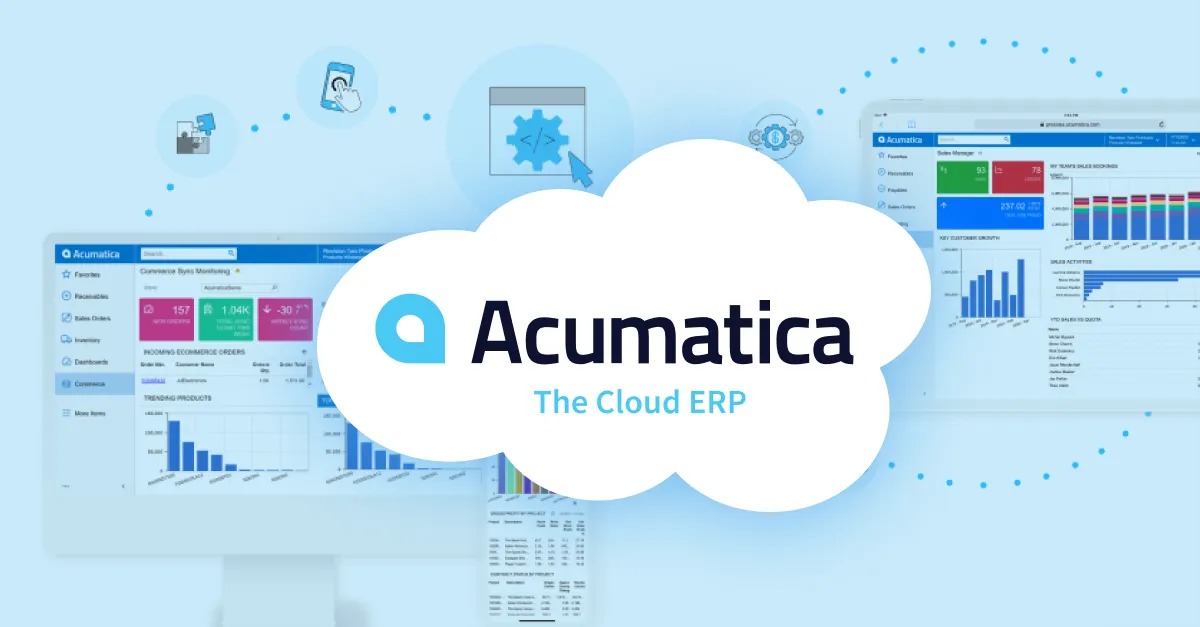The Evolving Role of Public Relations in 2025: How Brands Are Building Trust in a Digital World

Strong 8k brings an ultra-HD IPTV experience to your living room and your pocket.
Introduction
In 2025, the landscape of Public Relations (PR) is undergoing a significant transformation. Gone are the days when PR was solely about press releases and crisis management. Today, it’s about storytelling, authenticity, and maintaining a brand’s reputation in real time. As the world becomes more connected digitally, the role of public relations professionals has shifted from reactive to proactive. This article explores how PR has evolved and how brands in 2025 are leveraging new strategies to build and maintain trust in a fast-paced, always-online world.
From Spin to Substance: The New PR Mindset
Traditionally, PR was often perceived as a way to "spin" stories in a brand's favor. But in the age of transparency, consumers have grown savvier. They crave honesty, consistency, and human connection. As a result, brands can no longer rely on polished messaging alone. Instead, the modern PR professional is expected to promote substance over spin, crafting narratives that reflect the brand’s core values and purpose.
In 2025, this means prioritising authenticity over appearance. Companies that walk the talk — those that align their internal actions with their public messaging — are gaining the trust of stakeholders and audiences alike.
Digital-First Communication
With the dominance of digital media, public relations strategies must be developed with a digital-first mindset. Social media platforms like X (formerly Twitter), Instagram, TikTok, and LinkedIn are now essential tools for PR teams. These platforms provide real-time access to audiences and allow brands to interact directly with their followers.
But digital PR isn't just about posting content. It’s about engagement — responding to comments, participating in conversations, and adapting messaging based on data and feedback. In 2025, success in public relations requires mastering the nuances of each digital channel and ensuring that messaging is consistent across platforms.
Crisis Management in the Social Era
One tweet. One viral TikTok. One leaked internal email. That’s all it takes for a brand’s reputation to come under fire. In today’s social media-driven world, a PR crisis can escalate in minutes. This has made crisis management an even more critical function within public relations.
Effective crisis PR now involves scenario planning, real-time monitoring, and rapid response strategies. Many companies have established dedicated social listening teams that monitor mentions and conversations to identify potential issues before they explode.
Moreover, public apologies and transparency during crises have become the gold standard. In 2025, brands that acknowledge mistakes quickly and outline clear plans to address them often emerge with their reputations intact — and in some cases, stronger than before.
Trust Is the New Currency
The most valuable asset a brand can hold in 2025 is not money — it's trust. Consumers want to support brands that align with their personal values, whether that's environmental sustainability, social justice, inclusivity, or ethical sourcing.
This trend has placed a spotlight on purpose-driven PR. Public relations professionals are increasingly tasked with promoting initiatives that reflect the company’s values. These may include diversity and inclusion efforts, community outreach, or transparent reporting on environmental impact.
By embedding social responsibility into their communication strategies, brands demonstrate that they care about more than profit — and that’s what earns long-term loyalty.
The Power of Influencer and Employee Advocacy
In recent years, influencers have become an integral part of PR strategies. But in 2025, we see a shift from celebrity endorsements to micro-influencers and even employee influencers — real people with authentic voices who share genuine experiences about a brand.
PR teams are collaborating closely with Human Resources and internal communications departments to empower employees to become brand advocates. When employees speak positively about their workplaces online, it enhances the company’s credibility. Similarly, influencers who are genuinely aligned with a brand’s mission are more likely to create meaningful and trustworthy content.
Data-Driven PR Strategies
Data is reshaping the way public relations is approached. From audience analytics to media monitoring, PR professionals now rely heavily on data-driven insights to craft effective campaigns.
AI tools can now predict media trends, assess public sentiment, and even suggest the best time to release a statement or press release. These technologies help PR teams optimise their outreach and improve the measurability of their efforts — a crucial aspect when justifying ROI to stakeholders.
This shift also means that storytelling is no longer based on intuition alone. PR campaigns must now be backed by research, insights, and real-world data.
Cross-Disciplinary Collaboration
Public relations doesn’t work in a vacuum anymore. In 2025, successful PR professionals collaborate closely with marketing, branding, legal, HR, and even product teams. This collaboration ensures that messaging remains consistent and compliant across all departments.
For example, if a company launches a new sustainable product, the PR team must coordinate with marketing for messaging, with product development for technical accuracy, and with legal to ensure compliance with advertising laws. This cross-functional approach ensures a unified brand voice and message across all channels.
Upskilling for the Future of PR
To stay relevant, today’s PR professionals must continuously upskill. The role now requires proficiency in digital tools, SEO, content strategy, analytics, crisis response, and media relations. Educational institutions are adapting to this shift by offering more integrated and practical PR courses — and students are actively seeking support to bridge their learning gaps.
In fact, many students now rely on resources like Public Relations Assignment Help to better understand the evolving landscape of PR and meet the demands of modern coursework. This one-time assistance can make a real difference in learning how to apply theory to practical communication strategies.
Real-Life Example: How a Brand Gained Trust Through PR
Let’s take a real-life scenario from 2025: A UK-based sustainable fashion company faced backlash for one of its suppliers being linked to unethical labor practices. Rather than issuing a vague apology, the company’s PR team acted quickly. They published a transparent statement, launched a third-party audit, and shared the findings publicly. They also terminated the supplier relationship and outlined a plan to improve supply chain transparency.
What followed was a wave of public support, with influencers, employees, and even critics praising the brand’s honesty. The incident, which could have been a PR disaster, turned into an opportunity to strengthen the company’s reputation — all thanks to strategic, transparent, and value-driven public relations.
Global Influence and Academic Support
The growing complexity of public relations strategies also means that students studying PR — especially at an international level — are facing increased academic pressure. From campaign planning to crisis simulation projects, the curriculum has expanded significantly.
For students outside the UK, for example, studying PR through programs in Ireland or across Europe, services like Assignment Help Ireland are becoming valuable tools. These platforms help students cope with tough deadlines and grasp complex communication theories with guided academic support, without compromising their learning goals.
Conclusion: The Human Side of PR in a Digital World
In 2025, Public Relations is no longer about simply issuing press releases or crafting a polished brand image. It’s about building relationships, listening actively, owning up to mistakes, and engaging with audiences in authentic and timely ways.
As technology advances, the human element of PR becomes even more important. Brands that understand this — and invest in building trust, transparency, and values-led communication — are the ones that thrive.
For students aspiring to become the next generation of PR professionals, the journey may be challenging, but it's also full of exciting opportunities. Embrace the digital tools, understand your audience, and never underestimate the power of a good story.
Note: IndiBlogHub features both user-submitted and editorial content. We do not verify third-party contributions. Read our Disclaimer and Privacy Policyfor details.







